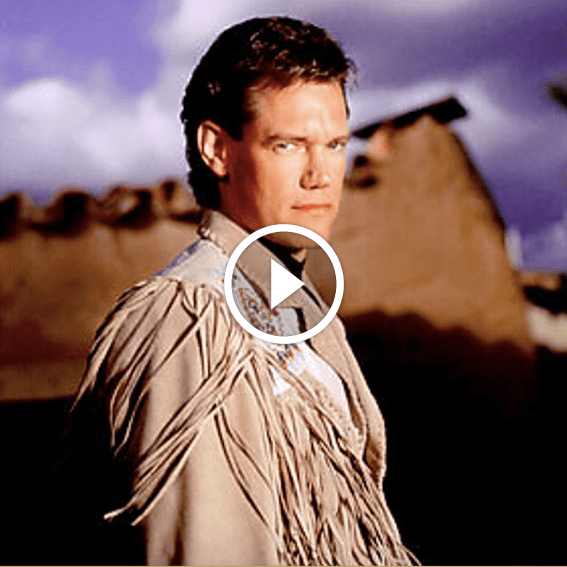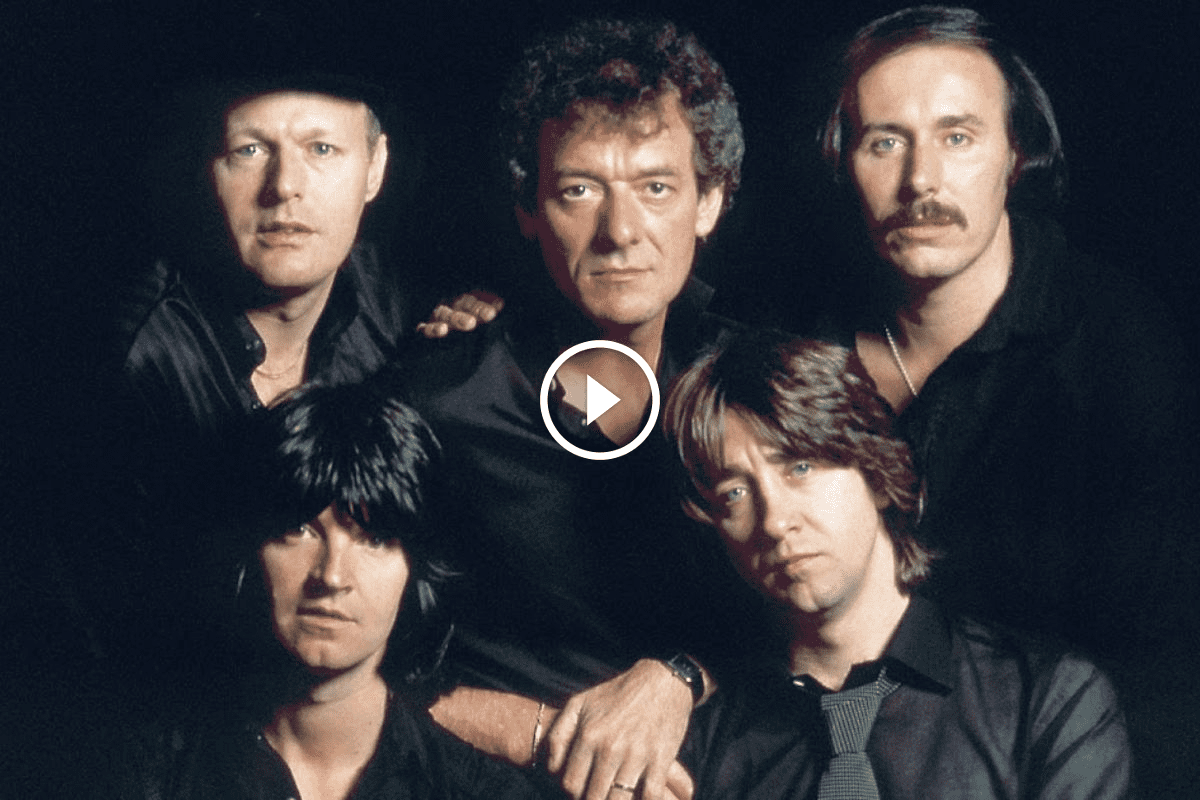In 1985, a young Randy Travis was just beginning to make his mark on the country music scene. That year, he released a song that showcased his smooth vocals and his ability to navigate the complexities of human emotions. “On The Other Hand”, a self-penned composition, became a defining moment in his early career, establishing him as an artist comfortable exploring themes of internal conflict and emotional tug-of-war.
While not Travis’s first single, “On The Other Hand” captured the attention of both audiences and critics. The song’s simple yet effective melody, coupled with Travis’s signature baritone, delivered a relatable story about the struggle between desire and responsibility. Travis himself served as the song’s composer, drawing inspiration from the complexities of navigating new relationships and the ever-present pull of commitment.
Production duties for “On The Other Hand” were entrusted to Kyle Lehning, a seasoned producer known for his ability to craft polished yet evocative soundscapes. Lehning’s approach emphasized a classic country sound, featuring prominent acoustic guitars, a steady drumbeat, and subtle accents of pedal steel guitar. This instrumentation provided a warm and familiar backdrop for Travis’s vocal delivery.
“On The Other Hand” achieved modest chart success, peaking at number 67 on the Billboard Hot Country Singles chart. Despite not reaching the top of the charts, the song’s impact resonated far beyond commercial numbers. It became an anthem for those grappling with conflicting desires, showcasing the internal struggle between following one’s heart and honoring personal commitments.
The song’s emotional core lies in its relatable lyrics. Travis paints a picture of a man captivated by a new love interest (“On one hand, I count the reasons I could stay with you” ). However, a nagging sense of responsibility (“On the other hand, there’s a golden band” ) serves as a constant reminder of existing obligations. The back-and-forth nature of the lyrics perfectly encapsulates the internal conflict many face when confronted with choices that could potentially disrupt established relationships.
The arrangement of “On The Other Hand” perfectly complements the lyrical content. The steady rhythm section keeps the song grounded, mirroring the protagonist’s attempt to maintain control. The prominent acoustic guitars add a sense of honesty and vulnerability, reflecting the raw emotions at play. The occasional use of pedal steel guitar injects a touch of melancholy, highlighting the weight of the protagonist’s dilemma.
As we delve into “On The Other Hand,” prepare to be captivated by a song that delves into the complexities of human emotions. Travis’s raw vocals, the relatable lyrics, and the traditional country instrumentation combine to create a timeless ballad that resonates with anyone who has ever grappled with the weight of conflicting desires.


